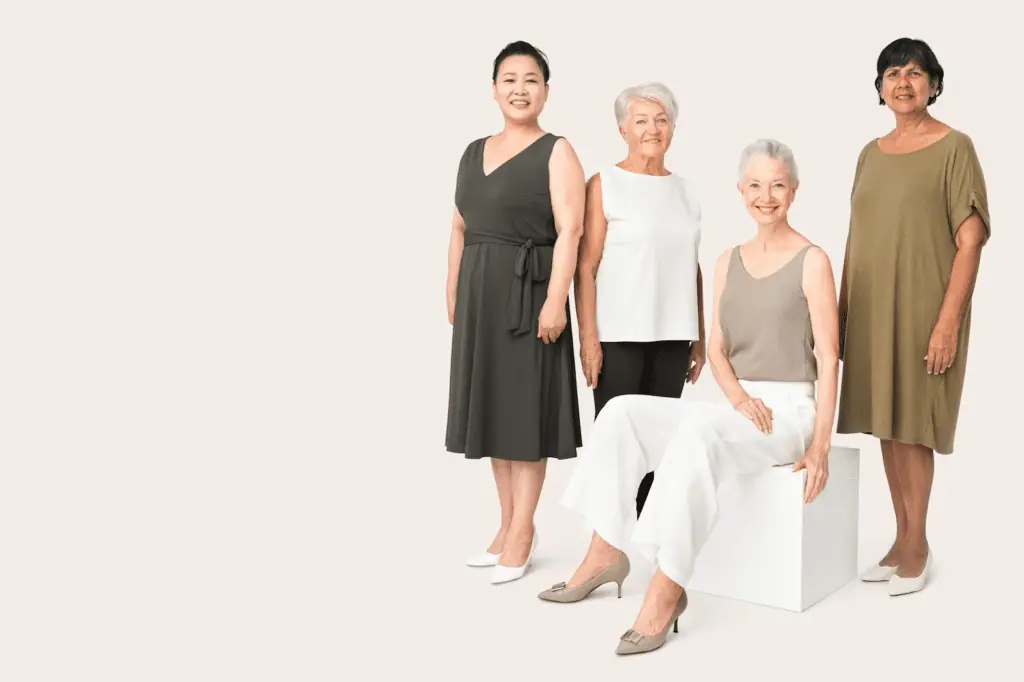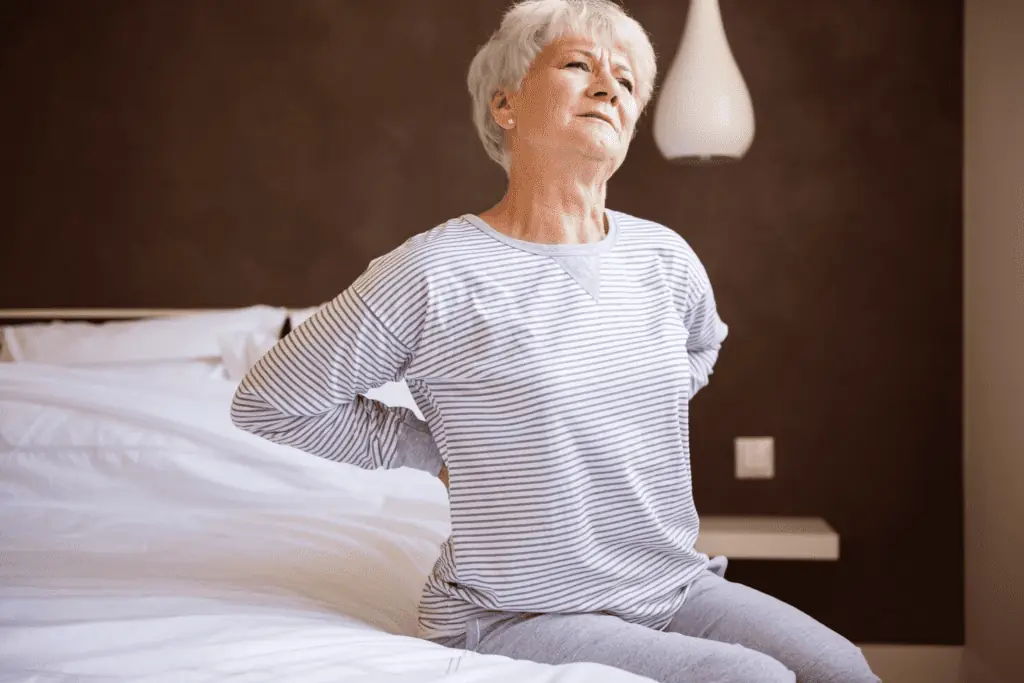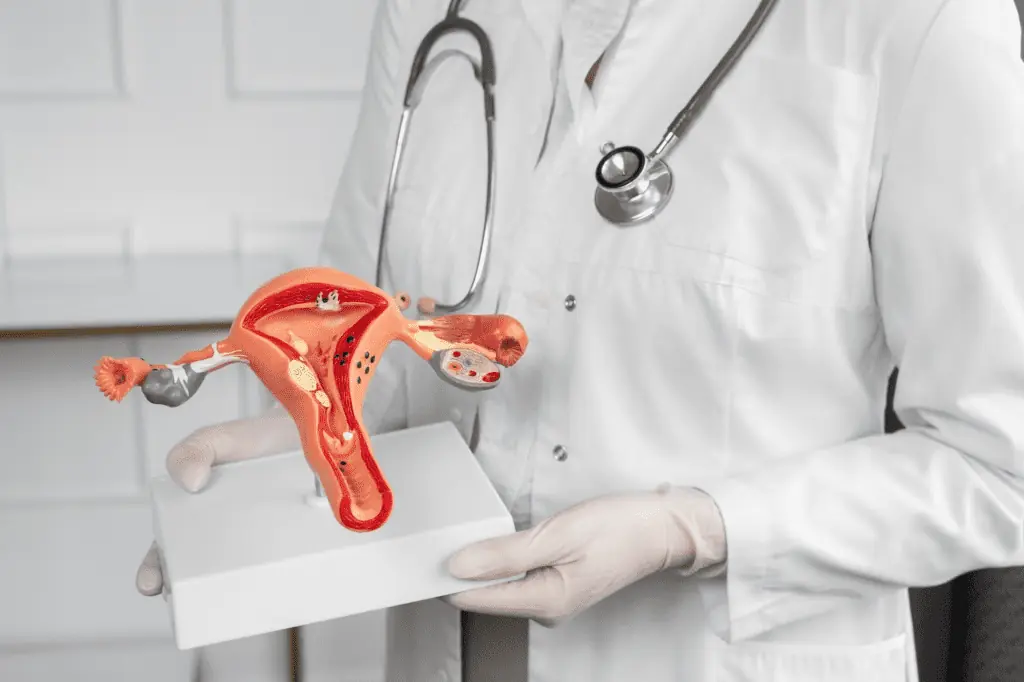
It’s no secret that women have a lot to worry about when it comes to their health. From getting pregnant and giving birth to raising kids and keeping them healthy to managing their own health, it can all be a lot! Menopause and osteoporosis are two of the biggest health concerns women face as they age. Both of these conditions can have a huge impact on your quality of life, so it’s important to know the facts and take steps to prevent them.
What Is Menopause?
Menopause is the time in a woman’s life when her periods stop and her body stops making estrogen. During menopause, the ovaries stop releasing eggs, which means that there’s no chance of pregnancy anymore. It usually happens between ages 45 and 55—but it can happen earlier or later than that!
What Is Osteoporosis?
Osteoporosis is a disease that affects the bones. It can lead to thinning of the bones and an increased risk of fractures. To understand it better, you need to first understand what happens when someone has normal bone density.
When you’re young, your bones grow and are made up of mostly cartilage. This is why kids have so much energy—their bodies are busy building up new bone tissue. When you’re older, your bones stop growing, and they begin to break down faster than they can rebuild themselves. This is why people tend to lose height and strength as they get older—their bodies aren’t able to build up new bone tissue at the same rate that they lose old bone tissue through natural wear and tear.
Osteoporosis occurs when this breakdown happens faster than rebuilding can occur. The end result is thinning of your bones, which makes them more susceptible to breaking or fracturing under stress or impact.
How Does Menopause Affect Osteoporosis Risk?
As we’ve already discussed, menopause is a natural process that happens when the ovaries stop producing eggs and estrogen. This happens because women are born with all the eggs they’ll ever have. During their reproductive years, these eggs mature and are released one at a time during ovulation. As you get older, your body stops releasing eggs, and estrogen levels fall. This can cause a number of symptoms like hot flashes, night sweats, mood swings, vaginal dryness, headaches, fatigue, and more.
Bone health during menopause is important because, after age 30 (and even sooner), women start losing bone density at an alarming rate—about 1% per year! This means that by age 65, women have lost 15% of their bone mass if they didn’t take steps beforehand to combat this problem.
That’s when osteoporosis creeps in. But what does menopause have to do with all of this? Well, quite a lot, actually!
You see, before menopause, your ovaries produce estrogen, which is essential for healthy bone density. As soon as you hit menopause, however, your ovaries stop producing estrogen entirely—which means no more estrogen means no more bone density. And that’s why so many women experience osteoporosis after menopause. They don’t have enough estrogen in their bodies anymore!
Symptoms Of Osteoporosis
Osteoporosis is an insidious disease because it often has no symptoms until a fracture occurs. In fact, about two-thirds of people with osteoporosis never experience symptoms.
The main symptom of osteoporosis is a broken bone. The most common fractures occur in the spine, hip, and wrist. Fractures can also occur in other areas such as the ribs or pelvis.
Here are some symptoms of osteoporosis:
- You may feel more tired than usual. Your body works harder than usual to support your skeleton, so your muscles may tire out more easily.
- You may find yourself losing height as your spine compresses and curves inward because of weakened bones. This can cause back pain and make it difficult for you to stand up straight or lift heavy objects.
- You may notice that your balance has changed or become unsteady—this could be the result of weakened bones in your hips or ankles (and possibly elsewhere).
- You may have trouble getting up from a chair or climbing stairs without holding on to something for support, such as a railing or banister.

Diagnosis Of Osteoporosis
Osteoporosis is the most common type of bone disease in the United States—and it’s something that affects women more than men.
If you are at risk of developing osteoporosis, your doctor will perform a test to measure your bone density. This test looks at how much calcium and other minerals are in the bones. The results can help doctors determine if you have low bone density and how severe it is.
There are two types of tests that can be used to measure bone density:
DXA (dual-energy X-ray absorptiometry) scan
This test measures the amount of calcium in your bones. A DXA scan uses 2 X-rays to evaluate the amount of calcium in a certain part of your body. It measures both trabecular and cortical bone mineral density. Cortical bone is hard tissue on the outside of bones, while the trabecular bone is softer tissue found within bones.
CT Scan or MRI
A CT scan uses X-rays to create images of organs inside your body, while an MRI uses magnetic fields and radio waves to create images of soft tissues like muscles and ligaments within an organ or joint like the spine or hip joint.
How To Protect Your Bones During Menopause
Bone health is a serious business. And, as you transition into menopause, it’s important to take care of your bones.
Here are some tips for keeping your bones strong:
Get The Right Amount Of Calcium
Calcium is an essential mineral that your body needs to build strong bones and teeth. If you don’t get enough calcium in your diet, your bones can become thin and brittle, which can lead to osteoporosis.
You need 1,000 milligrams (mg) per day for healthy bones. If you’re over 50 years old, though, that amount jumps up to 1,200-1,500 mg. If you’re pregnant or breastfeeding, you’ll need even more—1,000–1,300 mg per day.
You can meet this amount by eating three servings of dairy products each day—or by taking a supplement. Food rich in calcium includes milk, yogurt, and cheese. Try to eat a variety of foods that contain calcium, such as dark green leafy vegetables and salmon with bones. If you’re lactose intolerant or vegan, talk to your doctor about taking a daily calcium supplement.
Pay Attention To Vitamin D
Vitamin D is essential for the absorption of calcium and phosphorus into the body. It also helps build strong bones, so if you don’t get enough of it, you might experience brittle bones or osteoporosis later in life.
The best source of vitamin D is sunshine. The sun’s UV rays trigger a chemical reaction in your skin that produces vitamin D. However, many people don’t spend enough time outdoors to get all the sunlight they need.
But no worries! You can take supplements if you’re worried about your vitamin D levels. However, it’s best not to overdo it—taking too much vitamin D can also increase your risk of kidney stones and other problems.
Eat Enough Protein
Protein is essential for building and maintaining healthy bones, so make sure you’re getting enough. So how can you make sure you’re getting enough protein in your diet?
First, focus on eating a variety of protein-rich foods, including meat, fish, and poultry. If you’re a vegetarian or vegan, nuts, beans, and soy products are also good sources of protein.
Moreover, don’t skimp out on dairy. These foods all contain high levels of calcium and protein. If you’re lactose intolerant, you can try soy milk or almond milk.
Include Exercise In Your Daily Routine
Exercise is one of the best ways to combat bone loss caused by low estrogen levels. It increases calcium absorption and helps strengthen the muscles around your bones—which are important for supporting them when they’re under pressure from everyday activities. Moreover, it also improves blood flow throughout your body, which means more oxygen is delivered straight to where it needs it most!
You should aim to get at least 30 minutes of moderate exercise a day. If you’re just starting out, slowly and gradually increase your activity level over time. It’s also important to do weight-bearing exercises, such as walking up stairs or on a treadmill and dancing. This will help strengthen your bones, making them less likely to break.
Get Enough Sleep Every Night
Do you know the phrase “sleep is for the weak”? Well, it’s not. Sleep is actually super important for your bones. It helps restore your body and repair its tissues. This means if you’re not sleeping enough, your bones will suffer.
Moreover, as we get older, our body’s ability to regenerate decreases. This means that we need to be extra careful about our sleep habits and make sure they’re on point.
The best way to get enough sleep is by getting to bed early and not looking at your phone and computer after a certain time. If you have trouble falling asleep, try reading a good book or listening to some soothing music.
It’s also best to make sure your room is dark enough for sleeping. Exposure to light at night can disrupt your sleep cycle and make it harder for you to fall asleep.

Myths About Menopause And Osteoporosis
Osteoporosis and menopause are two things that many women have to deal with. Here are myths about menopause and osteoporosis that you should know about:
Myth 1: Only Menopausal Women Can Get Osteoporosis
It’s true that osteoporosis is most common among postmenopausal women, but that doesn’t mean younger women can’t get it. In fact, more than half of all osteoporotic fractures occur in people under age 50!
Osteoporosis may start at a young age, so it’s important to start taking preventative measures as early as possible in your life.
Myth 2: Calcium Is All You Need for Bone Health
There is no single magic ingredient that will keep your bones strong. Why? Because there are so many factors involved! Your genes, your age, how much exercise you do (and how much you’ve done in the past), and even your diet can all affect your bones. So, while calcium is an important part of a healthy diet, it’s not the only thing your body needs.
Myth 3: Osteoporosis Is Only a Matter of Genes
You may have heard that osteoporosis is just a matter of genetics, but that’s not true—not even close. The truth is genetics do play a part in your risk for osteoporosis, but it’s not the only factor in play. However, lifestyle choices have an even greater impact on your bones than your genes do.
Myth 4: Osteoporosis Is A Normal Part Of Aging
Osteoporosis is not a normal part of the aging process. It’s a bone disorder that causes your bones to become weak and fragile, leading to fractures. It can affect anyone at any age but is most common in older women. The most important thing you can do to protect yourself from osteoporosis is to get tested early so you can catch any problems before they start to cause damage.
Myth 5: Osteoporosis Can’t Be Prevented
While it’s true that you can’t prevent the hormonal changes that occur during menopause, you can help your body maintain healthy bones during this period. There are lots of things you can do to keep your bones healthy.
Bottom Line
Menopause can be a factor in osteoporosis, but it’s not the only one. You can help prevent bone loss by staying active, getting enough calcium and vitamin D, and having a healthy lifestyle.
We hope you found this article helpful. If you’re concerned about your risk of developing osteoporosis, please feel free to reach out to us. We’re always happy to help!